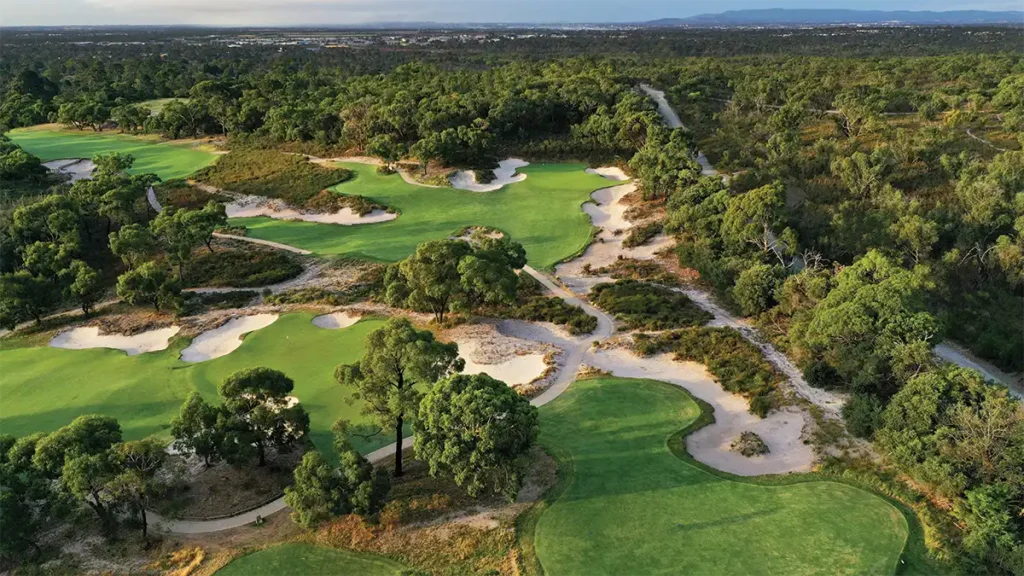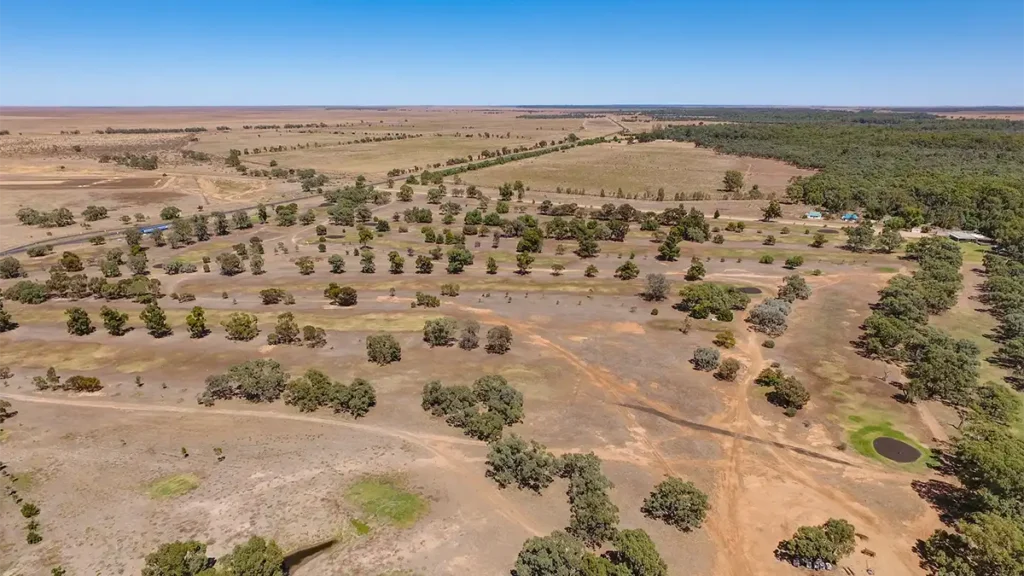[PHOTO: Josh Saunders]
If you’ve ever been on the golf course and felt like the wind was always switching, it might have been because of the architecture. The layout of a golf course can make the wind feel complicatedly like it’s coming from everywhere. Lancaster Country Club, host of the 2024 US Women’s Open, is one such course.
“[William] Flynn, what he was known for, was an incredible router of golf courses. There’s no two consecutive holes that face the same direction,” said Shannon Rouillard, senior director of championships at the USGA, during a USGA pre-championship press conference. Rouillard is responsible for the course set-up this week and noted that this design element to the course will have a subtle but key impact on the players.
“The wind is going to play a factor, and they’re going to have to adapt their games to an ever-changing wind.”
By not having any consecutive holes going in the same direction, it makes it difficult to get comfortable on a windy day. As soon as you think you understand the wind, you get to the next hole and it feels like it’s coming at you from a different direction, affecting your ball in a different way.
Four things that make US Women’s Open week harder than any other on the LPGA Tour
While there’s nothing you can do about the wind, there are strategies you can take to minimise the effect and prevent it from impacting your scores.
Hannah Green, winner of the 2019 KPMG Women’s PGA Championship, says her first bit of advice is try to play boring golf. In other words, don’t take big risks.
Second, Green says: “Make sure you’re missing it in the right spots.”
When playing in the wind, a miss is more likely to happen. To prepare for that, look at the hole and know where you would want that miss to be. At Lancaster, for example, you don’t want the miss into the green to be long.

“Pretty much every hole, if you hit it above the hole, it’s not really the place that you want to be,” Green said. “So, keep yourself under the hole, whether that is off the green. Sometimes you might have a better chance of making par from that versus being a bit more aggressive and being above the hole.”
An example of this would be, if you’re hitting into a green that slopes back to front, and the wind is to your back, make your club selection knowing that the wind is going to fly the ball travel further, and that if the ball travels too far, you’ll be in a bad position.
Having course awareness and taking the extra step of thinking through a strategy before your shot will help you manage wind that feels like it’s coming from a different direction on every hole.






